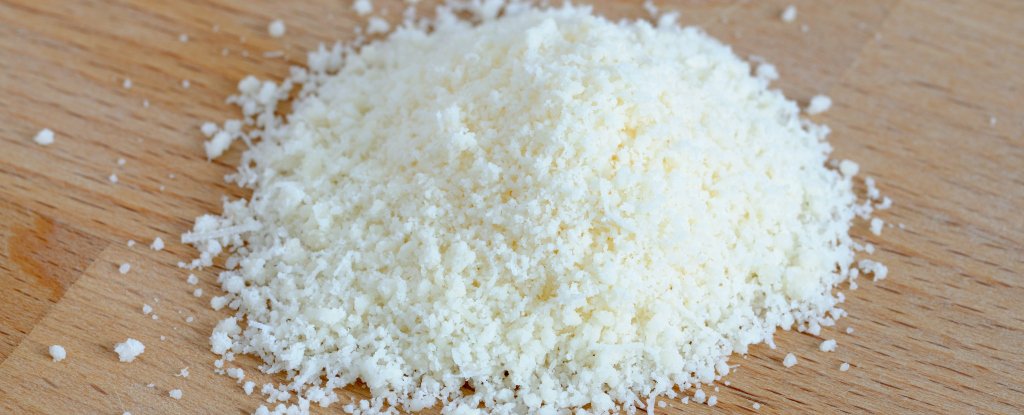After she got them home and opened the box, she took them out one by one, counting them, and then put their little heads into water, making sure they drank. Usually they send you a few extra, but not this time. There were exactly 60 chicks.
 |
| The last one... |
 |
| A Dead Chick |
They seemed very lively and healthy, making 'cheep, cheep, cheep' sounds and eating the chick grower that Tricia sprinkled for them. Only a day or two old and they already have the scratching reflex. The heat lamps kept the chicks warmed perfectly - too cold and they would be all piled up on one another. Too hot and they would be scattered away from under the light. As you can see, they are distributed nicely, comfortably. If they could talk, they'd tell you they are happy in their new home. I'm really liking the way the new brooder is working out.
 |
| Under the heat lamps |
They are fluffy and cute. At this stage, the chicks are just perfect. In a few weeks, though... Ugh!
 |
| Chicks! |
Now you can see the difference in the chicks. The Cornish Cross chicks are yellow in color and the Red Rangers are a brownish-red in color. They run around playfully on the sawdust. The brooder is set up in a circular shape. That is important. If it is a square shaped brooder, the chicks are prone to piling up in a corner where they crush each other, and the chicks on the bottom die.
 |
| Happy birds |
Now, in a weekly installment that we'll do until these birds are butchered, we'll weigh these guys and chart their growth. First up, we'll weigh a Cornish Cross. I put a paper towel on top of our scale and placed the healthy little fellow on top.
 |
| The Weigh-in |
It is a little hard to see, but the Cornish Cross, at two days old, weighs 3 ounces.
 |
| Cornish Cross = 3 ounces |
Next I placed the Red Ranger on the scale and he promptly pooped on the paper towel.
 |
| Red Ranger Chick on the scale |
Red Rangers take a couple weeks longer to mature than the Cornish Cross chicks. This fellow weighs 2 ounces at 2 days old.
 |
| Red Ranger = 2 ounces |
Here they are both up on top of the scale.
 |
| Cheep, Cheep, Cheep! |
We'll report on their growth each week and we'll keep track of all our expenses. At the end of the project we'll give statistics on total expenses, total number of pounds of meat, cost per pound, average dressed weight per bird, etc. We'll compare our statistics with prior years to see how we did in comparison. I realize after looking at the cute picture right above, it seems a little cruel to talk about butchering them, but that's just the way it is. We don't get attached to these birds at all. They aren't pets. They are meat for the freezer. Join us over the next 8-10 weeks as we watch them transform from fluffballs on feet to ziploc bags of meat for us to eat.







































